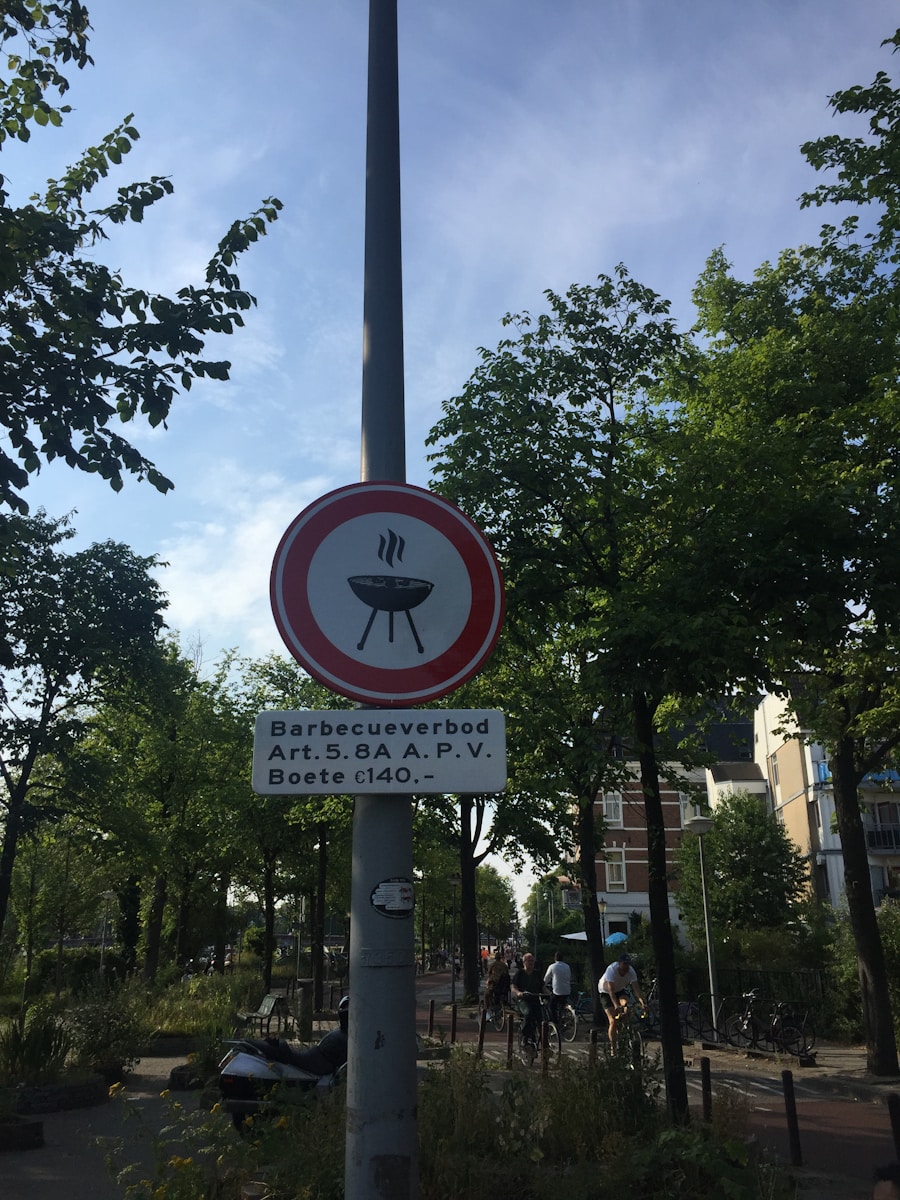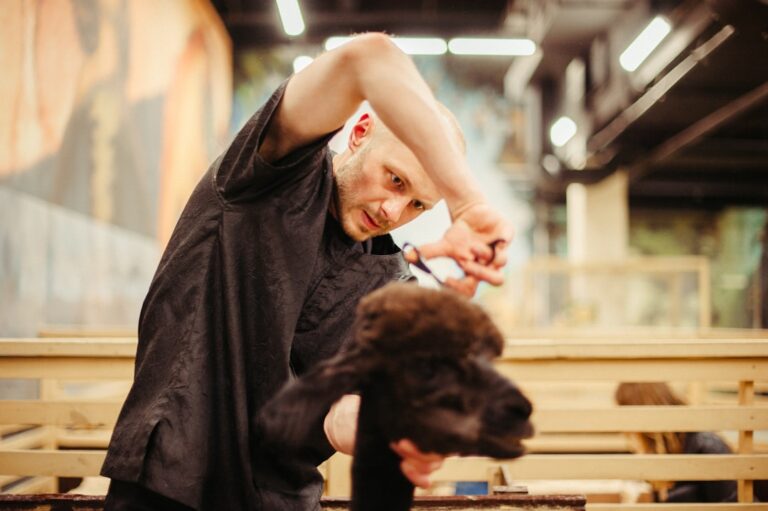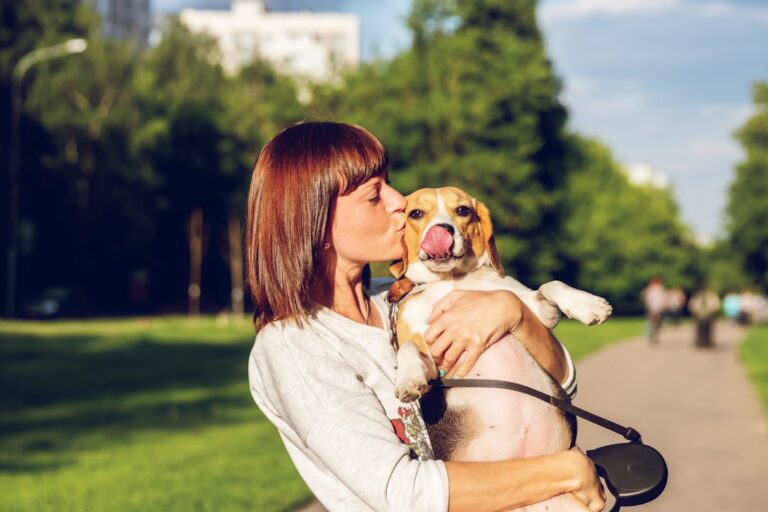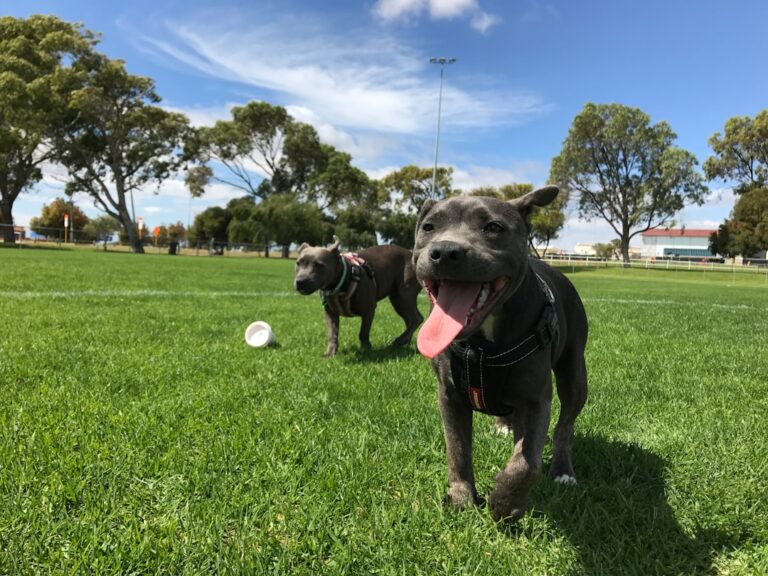Selecting the appropriate boarding facility for your dog is a critical decision that can significantly impact their well-being during your absence. The first step in this process is to conduct thorough research. Start by seeking recommendations from friends, family, or your veterinarian, as personal experiences can provide valuable insights into the quality of care offered by various facilities.
Online reviews and ratings can also be helpful, but they should be taken with a grain of caution, as individual experiences can vary widely. Look for facilities that are accredited by reputable organizations, such as the American Kennel Club (AKC) or the International Boarding & Pet Services Association (IBPSA), as these accreditations often indicate adherence to high standards of care. Once you have a shortlist of potential boarding facilities, it’s essential to visit them in person.
This allows you to assess the environment and observe how staff interact with the dogs. Pay attention to cleanliness, safety measures, and the overall atmosphere of the facility. A well-maintained space with ample room for dogs to play and socialize is crucial.
Additionally, inquire about the staff-to-dog ratio, as a lower ratio often means more personalized attention for each dog. During your visit, don’t hesitate to ask questions about their policies, emergency procedures, and daily routines. A facility that is transparent and willing to provide detailed information is likely to prioritize the well-being of its canine guests.
Key Takeaways
- Choose a boarding facility that meets your dog’s specific needs and provides a safe and comfortable environment.
- Prepare your dog for boarding by gradually introducing them to the facility and ensuring they are up to date on vaccinations.
- Pack essential items such as food, medication, familiar toys, and bedding to help your dog feel at home during their stay.
- Communicate your dog’s routine, preferences, and any special needs to the staff to ensure they receive personalized care.
- Maintain a consistent routine for your dog before, during, and after their stay to minimize stress and anxiety.
Preparing Your Dog for Boarding
Preparation is key to ensuring that your dog has a positive boarding experience. Start by acclimating your dog to the idea of being away from home. If your dog has never been boarded before, consider arranging a few trial runs at the facility.
This could involve a day of daycare or a short overnight stay. Such experiences can help your dog become familiar with the environment and reduce anxiety when it’s time for a longer stay. Additionally, this allows you to observe how your dog interacts with the staff and other dogs, providing insight into whether the facility is a good fit.
Another important aspect of preparation is ensuring that your dog is up-to-date on vaccinations and health checks. Most boarding facilities require proof of vaccinations such as rabies, distemper, and Bordetella (kennel cough). It’s advisable to schedule a visit to your veterinarian well in advance of your boarding dates to ensure that all vaccinations are current.
Furthermore, consider discussing any specific health concerns or behavioral issues with your vet, as they may offer advice on how to manage these during your dog’s stay. Preparing your dog mentally and physically will help create a smoother transition when it’s time for them to board.
Packing the Essentials for Your Dog
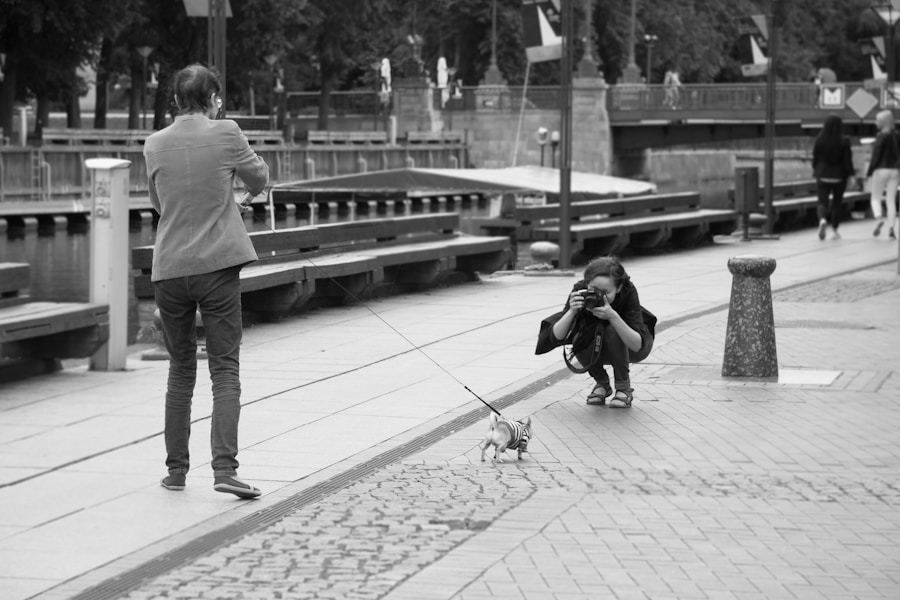
When it comes time to pack for your dog’s boarding stay, it’s essential to include items that will make them feel comfortable and secure in an unfamiliar environment. Start with their favorite bedding or blanket; familiar scents can provide comfort and help alleviate anxiety. If your dog has a favorite toy or chew item, including it in their packing list can also be beneficial.
These items not only serve as sources of comfort but can also help maintain a sense of normalcy during their stay. In addition to comfort items, don’t forget practical necessities such as food and medications. Many boarding facilities require that you provide your dog’s food to maintain consistency in their diet and avoid digestive issues.
It’s wise to pack enough food for the duration of their stay, plus a little extra in case of delays or extended stays. Clearly label all food containers with your dog’s name and feeding instructions. If your dog requires medication, ensure that you provide clear instructions on dosage and timing, along with any necessary prescriptions.
This attention to detail will help ensure that your dog receives the care they need while you are away.
Communicating Your Dog’s Needs to the Staff
| Communication Method | Effectiveness | Frequency |
|---|---|---|
| Verbal communication | High | Multiple times a day |
| Written notes | Moderate | Once a day |
| Electronic communication (email, text) | High | As needed |
| Face-to-face meetings | High | Weekly |
Effective communication with the boarding facility staff is paramount in ensuring that your dog receives personalized care tailored to their specific needs. Before your dog’s stay begins, take the time to fill out any required forms thoroughly. These forms typically ask for information about your dog’s dietary preferences, exercise routines, medical history, and behavioral tendencies.
Providing detailed information will help staff understand how best to care for your dog during their time at the facility. In addition to filling out forms, consider having a face-to-face conversation with the staff upon arrival. This allows you to discuss any particular concerns or preferences you may have regarding your dog’s care.
For instance, if your dog is shy or anxious around new people or other dogs, let the staff know so they can take extra precautions during playtime or social interactions. If your dog has specific routines—such as preferred walking times or favorite activities—sharing this information can help staff create a more comfortable experience for your pet. Open lines of communication foster trust between you and the facility, ensuring that everyone is on the same page regarding your dog’s needs.
Maintaining a Consistent Routine
Dogs thrive on routine; it provides them with a sense of security and predictability in their daily lives. When preparing for boarding, consider how you can maintain some level of consistency in your dog’s routine while they are away from home. Discuss with the boarding facility about their daily schedule for feeding, exercise, and playtime.
If possible, try to align this schedule with what your dog is accustomed to at home. For example, if your dog typically eats breakfast at 8 AM and goes for a walk afterward, communicate this preference so that staff can accommodate it. Additionally, if your dog has specific habits—such as napping at certain times or enjoying quiet time after meals—make sure these are communicated as well.
A consistent routine can help reduce stress for your dog during their stay and make them feel more at ease in an unfamiliar environment. Some facilities may even offer personalized care options that allow for tailored schedules based on individual dogs’ needs, so be sure to inquire about these possibilities.
Staying Connected with Your Dog

In today’s digital age, staying connected with your pet while they are boarded is easier than ever before. Many boarding facilities now offer live webcams or regular photo updates through social media or email. This feature allows pet owners to check in on their furry friends throughout the day and see how they are adjusting to their temporary home away from home.
Watching your dog play or relax can provide peace of mind and help alleviate any anxiety you may feel about leaving them behind. If the facility does not offer such services, consider asking if they can provide updates via phone calls or text messages. Regular communication from staff about how your dog is doing can be reassuring and help you feel more connected during your time apart.
Additionally, if you have specific concerns—such as how they are eating or interacting with other dogs—don’t hesitate to reach out for updates. Establishing this line of communication not only helps you stay informed but also reinforces the importance of attentive care for your pet.
Following Up with the Boarding Facility
After your dog’s stay at the boarding facility has concluded, it’s important to follow up with the staff regarding their experience. This feedback loop serves multiple purposes: it allows you to gain insights into how well your dog adapted during their time away from home and provides valuable information for future visits. Ask staff about your dog’s behavior during their stay—did they eat well?
How did they interact with other dogs? Were there any notable incidents? Understanding these aspects can help you gauge whether this facility is suitable for future boarding needs.
Moreover, sharing your own observations about how your dog adjusted upon returning home can be beneficial for both you and the facility staff. If you noticed any changes in behavior or mood after picking up your dog, communicating this information can help staff improve their services and better cater to future guests’ needs. Additionally, if you were pleased with the care provided, consider leaving a positive review online or recommending the facility to others in your community; this not only supports local businesses but also helps fellow pet owners make informed decisions.
Easing Your Dog’s Transition Back Home
Bringing your dog back home after a boarding experience can sometimes lead to mixed emotions for both pet and owner. While many dogs adapt quickly upon returning home, others may experience temporary anxiety or confusion due to changes in their environment or routine. To ease this transition, it’s essential to create a welcoming atmosphere upon arrival.
Allow your dog some time to explore their surroundings and reacquaint themselves with familiar scents and spaces within the home. Re-establishing routines is crucial during this period; return to regular feeding times, walks, and play sessions as soon as possible. This consistency helps reassure your dog that they are back in a safe environment where they belong.
Additionally, consider spending quality time together through gentle activities like cuddling or leisurely walks; this reinforces the bond between you and helps alleviate any lingering anxiety from their boarding experience. If you notice any signs of stress or behavioral changes after returning home—such as excessive barking or reluctance to engage—be patient and give them time to readjust while providing comfort and reassurance throughout the process.




